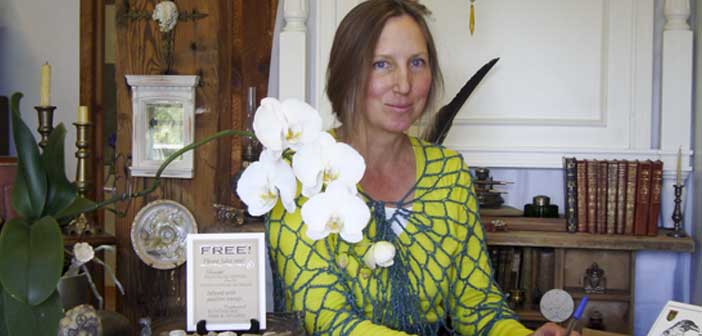7 Blandings, 4 painted, 1 snapping turtle
MISERY BAY—Twelve more turtles have been discovered dead at Misery Bay Provincial Park as the research into the mass turtle death at the park, which was discovered last year, continues.
“As of November 2013, Ontario Park ecologists found 59 dead turtles: 49 Blandings turtles plus 10 painted turtles,” Dr. Jacqueline Litzgus, a professor and herpetologist (a researcher who studies amphibians and reptiles) in the Department of Biology at Laurentian University, told The Expositor. “This year they have found seven more dead Blandings turtles, four more painted turtles and one snapping turtle.”
As The Expositor previously reported, Ontario Parks ecologists Anna Sheppard and Ed Mooris discovered dead turtles throughout April and May 2013 at Misery Bay Provincial Park while working on radio-tracking turtle movements, habitat and behaviour.
The park ecologists contacted Dr. Litzgus, who worked with Andrea Mendler, a fourth-year Laurentian forensic studies student, to try and determine the cause of the turtle population decline.
Ms. Mendler presented her thesis at the end of their study this spring titled ‘The Murder Mystery at Misery Bay,’ which looked at several different theories, but presented inconclusive results.
Among these theories were the presence of the ranavirus (rana means frog)—an emerging infectious disease that is one of the global causes for amphibian decline—and predation.
This spring, Friends of Misery Bay (FOMB) received $80,000 in funding over two years, in conjunction with Laurentian University, from the Ministry of Natural Resources (MNR) Species at Risk Stewardship Fund to pay a masters of science student and field assistant to further investigate the death of the Misery Bay turtles.
Living and working in Misery Bay for this summer (and next) are masters of science student Donnell Gasbarrini and field assistant Amber Kolodzik who will be further studying the Misery Bay turtle population and exploring theories such as the ranavirus, predation and turtle hibernation.
The two students, who have been at the park since May, monitor the turtles daily––with 10 males and eight female turtles equipped with radio transmitters––recording where they travel, their activities, their hibernation patterns and taking blood tests.
“The good news is that in 2013 there were 30 live Blandings turtles, and so far for 2014 they have found 32 live Blandings turtles, 19 of which are the same ones from last year, but 13 brand new ones,” said Dr. Litzgus. “I can’t imagine how large the population was before the turtle deaths.”
“To test the predation theory, Donnell has set up two fake Blandings turtles, which are made of foam rubber, at the park with a trail camera on them,” continued Dr. Litzgus. “Since mammals use their sense of smell to hunt, she is trying to make the turtles smell more natural by dunking them in turtle urine. So far the trail camera has only picked up a Canada goose, but hopefully the cameras will provide images of predators or other animals that interact with the decoys.”
“There was a recent posting on the Ontario Parks blog where a biologist noted that the Blandings turtle is an umbrella species, meaning that if you protect them then you protect the many other species that live in the same habitat,” add Dr. Litzgus. “This poses the question: ‘What does this mean (the turtles deaths) for the other species?’ which is another reason why the research being done on this issue is so important.”




